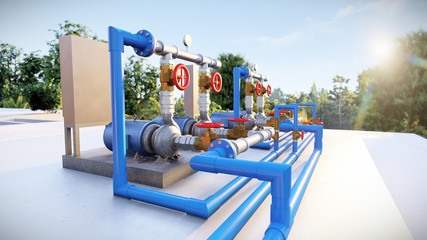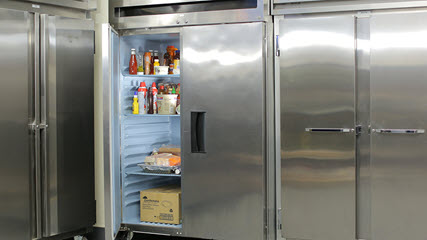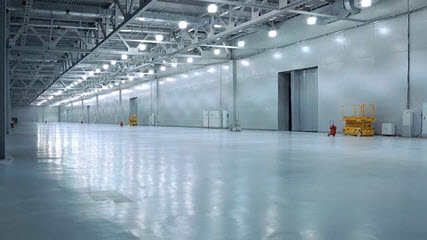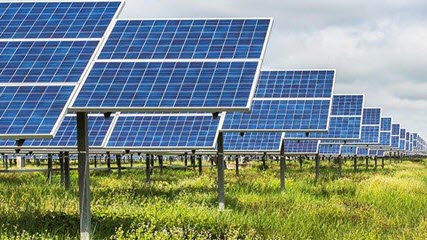Agriculture
Energy Solutions: A Guide for Agriculture
Pitigliano Farms Pumped Up $80,000 Savings on Their Energy Costs
At 2,300 acres, Pitigalino Farms has immense energy needs, translating into big energy expenses. The Pitiglianos realized that since 90% of their energy expenditure is used on irrigation, they signed up for a Time-Of-Use (TOU) rate to optimize their energy consumption. They saved $80,000 in 2013, nearly $60,000 on TOU rates, and another $20,000 with the Agricultural and Pumping Interruptible (API), a Demand-Response program.

Pumps and Pump Efficiency Testing
We offer pump testing services to qualified businesses that provide you with information so you can assess your overall pumping performance. Testing helps identify current or potential problems, allowing you to take measures to improve operations and lower your energy cost.

Refrigeration
Refrigeration can be a big energy guzzler for an agribusiness. Upgrades to optimize your units can impact on your bottom line.
- Replace worn or missing door gaskets on refrigerated units
- Install refrigeration curtains, and/or auto door closers on refrigeration units
- Add temperature controllers to your refrigeration units
- Upgrade to high-efficiency fans and programmable thermostats

Lighting and Lighting Controls
Help improve your energy efficiency by better managing your lighting costs. Your business may already qualify for incentives that could put these energy-saving improvements into effect.
- Use LED bulbs and LED exit signs
- Install dimmable ballasts to lower energy use in fluorescent lamps
- Install inexpensive occupancy sensors
- Install sensory controllers on vending machines
Read More

Energy-Efficient Solutions
We have energy-efficient programs and suggestions our customers have employed to increase their cost efficiency. Find more energy-efficient solutions in our Agricultural Fact Sheet, qualifying energy-efficiency incentives, and demand response programs.
Want to explore your clean energy options with SCE? We want to help lower your energy bill and reduce your carbon footprint. Clean energy can help provide the solution.
Finance Your Energy-Efficient Projects
Several agriculture businesses have already taken advantage of energy-efficient equipment. To help your business receive these same cost-efficient benefits, we offer low-interest financing for qualified energy-efficient projects.

More Ways to Save
Demand Response Programs (DR)
With these programs, you can receive bill credits for temporarily reducing energy use upon request during periods of high energy demand. Choose the ones that best fit your operational needs.
- Agriculture and Pumping Interruptible Program
- Real-Time Pricing
- Automated Demand Response (ADR)
Rates
We have several rate plans that can help you save even more. Compare Rate Plans to see which rate is better for you. Choose from one of our business rates plans, such as Agriculture and Pumping TOU Rates, Critical Peak Pricing, and more.
No-Cost, Do-It-Yourself Agriculture Tips
These simple tips can also significantly reduce your business energy use.
|
|
* 4 p.m. to 9 p.m. June 1 to September 30

